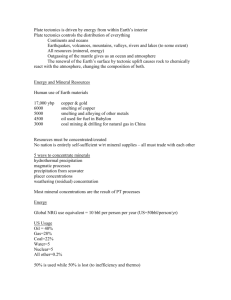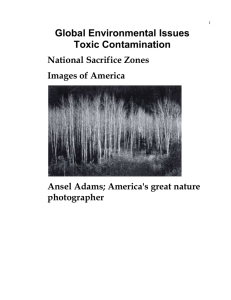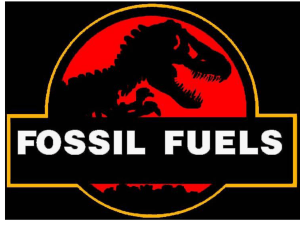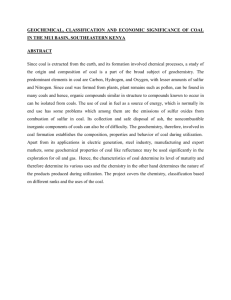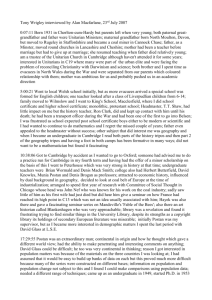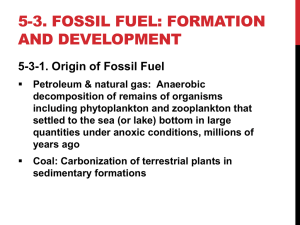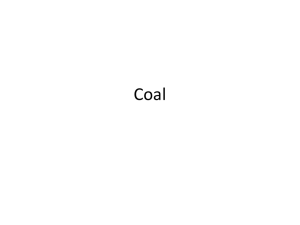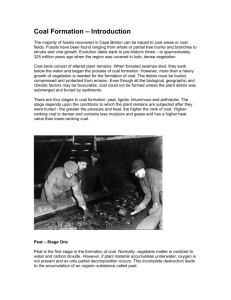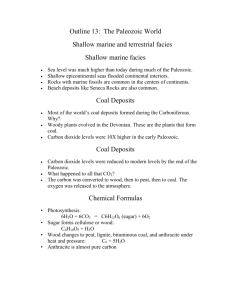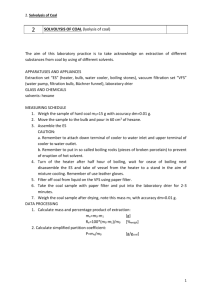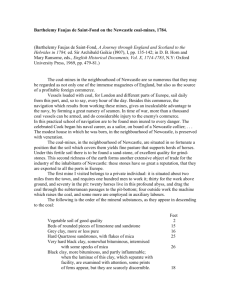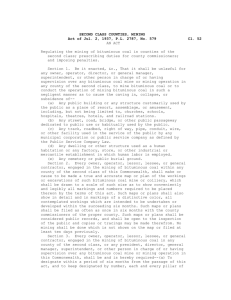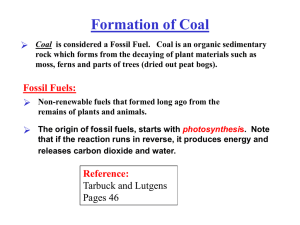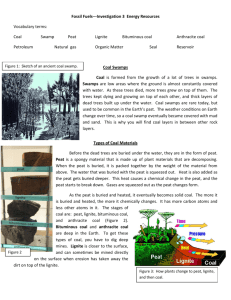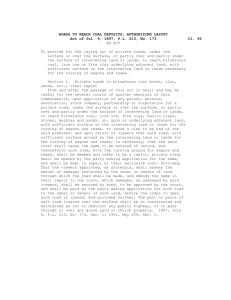Final - TeacherWeb
advertisement
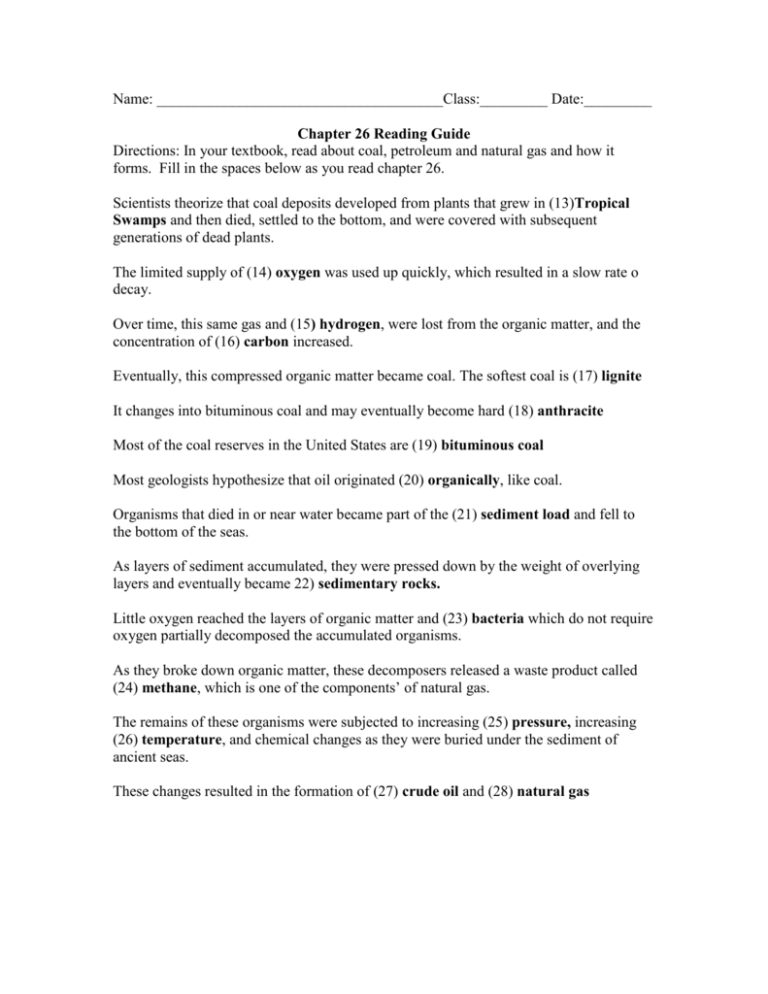
Name: ______________________________________Class:_________ Date:_________ Chapter 26 Reading Guide Directions: In your textbook, read about coal, petroleum and natural gas and how it forms. Fill in the spaces below as you read chapter 26. Scientists theorize that coal deposits developed from plants that grew in (13)Tropical Swamps and then died, settled to the bottom, and were covered with subsequent generations of dead plants. The limited supply of (14) oxygen was used up quickly, which resulted in a slow rate o decay. Over time, this same gas and (15) hydrogen, were lost from the organic matter, and the concentration of (16) carbon increased. Eventually, this compressed organic matter became coal. The softest coal is (17) lignite It changes into bituminous coal and may eventually become hard (18) anthracite Most of the coal reserves in the United States are (19) bituminous coal Most geologists hypothesize that oil originated (20) organically, like coal. Organisms that died in or near water became part of the (21) sediment load and fell to the bottom of the seas. As layers of sediment accumulated, they were pressed down by the weight of overlying layers and eventually became 22) sedimentary rocks. Little oxygen reached the layers of organic matter and (23) bacteria which do not require oxygen partially decomposed the accumulated organisms. As they broke down organic matter, these decomposers released a waste product called (24) methane, which is one of the components’ of natural gas. The remains of these organisms were subjected to increasing (25) pressure, increasing (26) temperature, and chemical changes as they were buried under the sediment of ancient seas. These changes resulted in the formation of (27) crude oil and (28) natural gas






